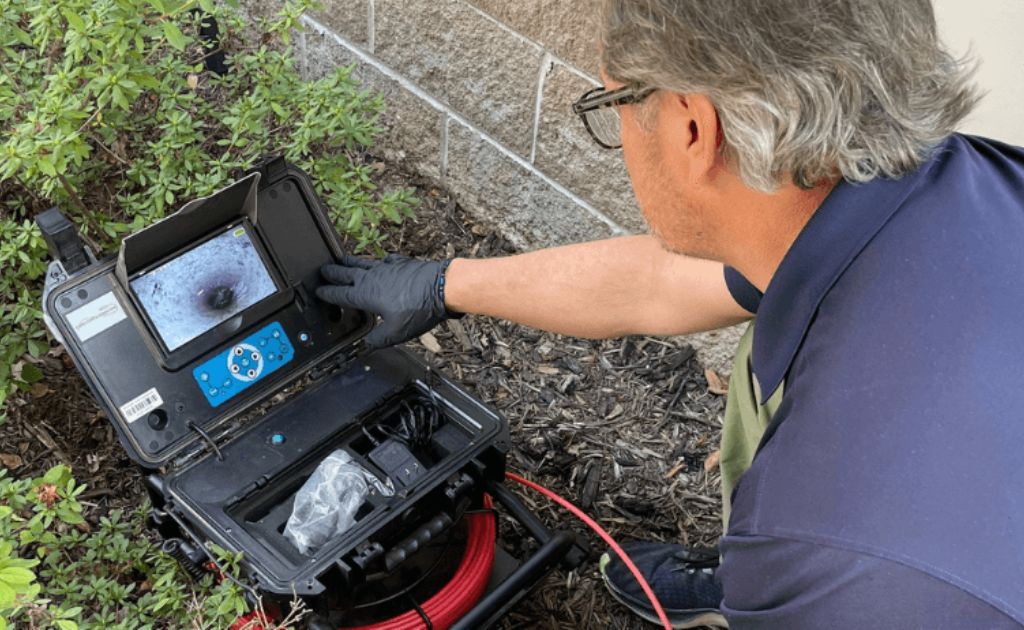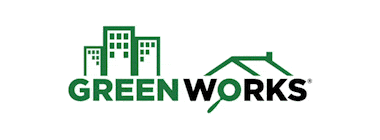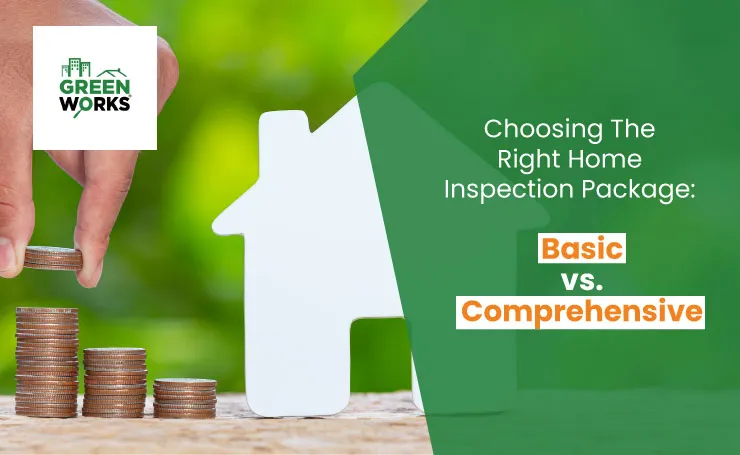Posts

A Homeowner’s Guide to Preventative Maintenance After Sewer Scope Inspections
Owning a house is not just about investing money, even though it’s a significant investment.
But, if you are a homeowner, you do realize that there are various responsibilities you have to cater to, too.
Maintaining the infrastructure of your home tops the list.
Many homeowners think scheduling a home inspection is a one-time solution for all of this. You might think the same, too.
Yes, it’s true, but how do you plan to maintain your sewer system? It’s also a part of your home, isn’t it?
Let us answer this for you….sewer scope inspections!
These inspections tend to be a crucial tool that helps in preventative property maintenance and lets you avoid costly plumbing issues in the future, as sewer systems are mostly linked with your plumbing.
But again, the work is not done just by scheduling a sewer inspection. You have to cater to sewer maintenance, too.
And how to do that? We’ll discuss that in this blog.
In this blog, we’ll discuss the major points of sewer inspections and what steps you can take to maintain your sewer line.
The Sewer Scope Inspection Process
A sewer scope inspection uses a camera to evaluate the condition of a property’s underground sewer lines. These inspections ensure that they don’t pose any risk of harm to the system.
With these thorough inspections, you can get essential and clear insights into the state of your home’s drain and sewer system – something you might be overlooking till now.
If you’re curious about what happens in these inspections, we have compiled a step-by-step breakdown for the inspection below. Read on and know what exactly happens during the inspection process:
Preparation
This is the very first step of the sewer inspection. Before starting off with the inspection, the technician gathers essential information. This includes property layout, plumbing history, and known issues.
All of this later helps in planning and executing a thorough inspection.
Access Point Identification
Secondly, the technician locates a suitable access point to the sewer line, typically an existing clean-out or main house sewer trap. These points offer direct entry without excavation, streamlining the inspection process.
Camera Setup
This is the most important part of the inspection process.
The inspection camera, mounted on a flexible rod, is inserted into the clean-out. Equipped with powerful LED lights and a high-resolution (HD) video camera. The camera then captures detailed images of the piping system’s interior and advances through the sewer line.
The technician observes the live feed on a monitor.
They navigate the camera, assessing pipe condition. Their primary focus is to identify blockages or damage and record relevant information.
Documentation and Report
Throughout the inspection, the technician documents the findings. This includes issue location and severity.
Later, you get this information in the inspection report. They’ll also add crystal clear images and precise location details for your better understanding.
It includes sewer line condition, repair, or maintenance recommendations and often features video footage for visual reference.
You can also ask the technicians to narrate their findings during the inspection.
Analysis and Consultation
After the inspection, the technician reviewed recorded footage and data to assess the overall condition of the sewer line. They identify potential problems like tree root intrusion, cracks, corrosion, pipe separations, or blockages.
The drain technician or an in-house expert will then engage with you, discussing inspection results and addressing your concerns.
They’ll also advise on necessary repairs or maintenance based on the comprehensive assessment.
Tips for Preventative Sewer Maintenance
Keep Tree Roots Out
Tree roots are the main culprits for infiltrating sewer lines. And so, you need to prevent this to avoid potential plumbing issues.
When thirsty, tree roots seek moisture and may invade sewer lines. But you don’t have much to worry about when implementing preventive measures.
“How can I prevent it?”
At first, you can avoid planting fast-growing and moisture-seeking trees near your sewer lines. Examples of these are willows, cottonwood, silver maple, and sycamore.
Moreover, ensure your trees are adequately watered, especially during droughts. This helps in discouraging root growth in search of water.
You can also consult an arborist to understand the expected root size when deciding tree placement.
We believe that once you follow these tips, you can facilitate effective sewer root prevention. This will eventually reduce the need for costly root removal through proper tree care and maintenance.Top of Form
Know What Not to Flush or Wash Down the Drain
In many instances, we flush inappropriate items into our sewer system, unaware of the fact that it can result in clogs and backups. The same could be the case with your sewer line if you don’t look over what you’re flushing down the drain.
You might often discard items that can pose significant challenges for sewer systems (unintentionally, of course).
What are these items?
Well, these include:
- Cat litter is known for clumping and causing clogs.
- Tampons that are tough, absorbent, and expandable create sewer problems.
- Diapers that also expand upon absorbing liquid present a risk of sewer blockages.
- Cooking oil that, when flushed, can congeal in pipes, forming large clogs referred to as “fatbergs.”
- Wipes also contribute to sewer complications as they accumulate and create significant issues.
- Paper towels and tissues also pose a threat as they are designed to absorb water rather than dissolve like toilet paper.
- Hair, often overlooked, tends to adhere to pipe interiors, leading to buildup and clogs.
We’d suggest that you also be careful with items labeled as “flushable,” as there’s a chance they may not be safe.
The only safe items for toilet disposal are toilet paper, human waste, and water.
Prevent Sewer Gas Intrusion
Sewage gas leaks into homes, and often, they are misdiagnosed as clogs in the sewer system, but they usually have less serious causes.
Your home’s drains directly connect to the sewers, allowing sewer gas to ascend from below.
However, you can undertake a preventive measure involving the water in the curvy part of your home’s drains, known as the P-trap.
This water creates an airtight seal, hindering sewer gas infiltration and preventing your home from being filled with unpleasant odors.
To maintain this protective seal, you must regularly replenish the water supply in your home’s drains. You can do this by using your drains regularly, as each use ensures the P-trap is refilled.
While if you’ve a couple of bathrooms that aren’t frequently used, water may evaporate, potentially allowing sewer gas to enter the home.
To counter this, it’s recommended to regularly fill these drains with water by running the sink or flushing the toilet. This will effectively safeguard your home from the intrusion of sewer gas.
Conclusion
In conclusion, sewer scope inspections are a preventative approach to guide you to home maintenance. Securing your role as a “responsible” homeowner. It also ensures the longevity and efficiency of your house.
While implementing these preventative measures, you can safeguard your home from potential sewer-related issues. And it’ll ultimately safeguard your time and resources, both.
Regular checks, strategic tree planting, and responsible disposal practices contribute to a well-maintained sewer system. Reducing the risk of blockages, leaks, and other complications.
Ready to prioritize the health and sustainability of your home? Contact Greenworks Inspections today for comprehensive and eco-friendly inspection services. Let us empower you with insights for a healthier living space. Schedule your inspection now and take the first step towards a more environmentally conscious home.



